
LaDawri Daytona Roadster
Starting in British Columbia, Canada in 1956 with one single model, the Cavalier, LaDawri Coachcraft would go on to be one of the largest fiberglass sports car body manufacturers in the market. Before its demise in the 1960s, LaDawri had relocated to Southern California and had a catalog of more than 10 different fiberglass bodies. The company is considered to be one of the greats of the early days of fiberglass.
LaDawri’s first few bodies borrowed heavily from the Cavalier’s styling. The Cavalier was later renamed the Conquest and a smaller version of the body was built and appropriately named the Quest. Two new models were released in 1958, the Daytona and smaller Sebring, by improving front-end styling of the Conquest and Quest. The LaDawri factory brochure listed the Henry J., Thunderbird, Corvette and Jeepster as possible chassis for the Conquest and Daytona bodies and the Austin-Healey, M.G., V.W. and Sunbeam as possible chassis for the smaller Quest and Sebring.
This complete LaDawri Daytona offered on eBay is an interesting mix of vintage flavors. The seller reports that the car collected dust in a barn for 20 years until it was removed and made functional again. While the look of the Daytona might suggest “affordable fiberglass classic,” asking prices for project Daytonas are in the $20,000s.
Underneath the skin, this Daytona is all 1960s. A 1964 Buick 425 Nailhead engine with a new Holley 750 lives under the hood and looks to be in excellent condition. (Buick’s first and second generation OHV, V8 engines were sarcastically nicknamed the Nailhead for their small valve head sizes.) The 425 Nailhead engine was the largest of these first and second generation V8s and made 340 horsepower and a remarkable 465 ft-lbs of torque; impressive for any stock engine, but especially so for the early 1960s. Wheeling this cast-iron torque-monster of an engine in a featherweight fiberglass car would be second to none, but it’s crippled slightly by the Turbo 400 automatic transmission and 10-Bolt open-differential that complete the driveline.
The paintwork on the Daytona is better than expected for a barn find. There are some small problem areas including mounting holes for vent panels that were removed. (We’re not offended that these have been banished to the trunk.) The rear quarter-panels have flares added to them that may not fit everyone’s interest, but they could look much worse. A luggage rack has also been fitted to the trunk that breaks up the nice curves of the rear end. An exceptional set of taillights has been added to the rear that fit it very nicely, making up for other faults. The interior shows some age from the materials used, but is good condition.
This LaDawri Daytona has clearly gone through a couple different chapters in its life based on some of its exterior details. It’s up to interested buyers to decide if this Daytona should retain this late ‘70s look, or it should be brought back to a more period-correct setup. If I were buying the Daytona, I might switch to a more classic wheel choice, but I’d definitely be swapping in a four-speed and Positraction differential.

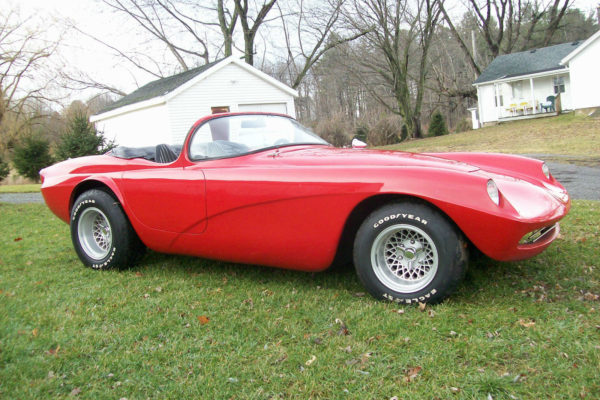
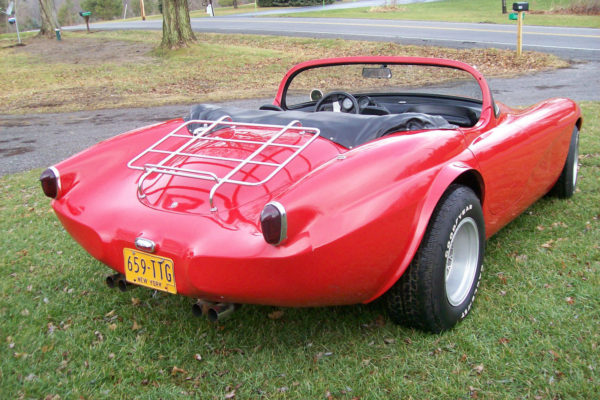
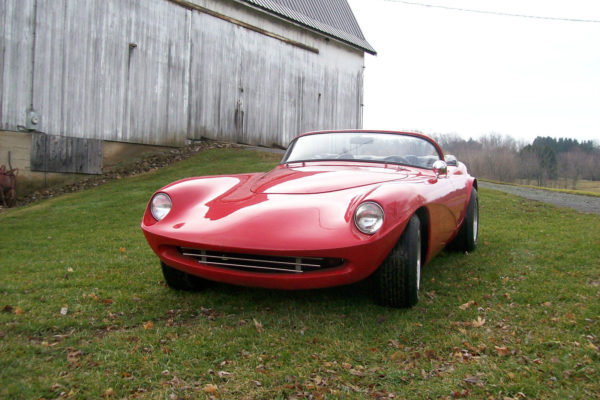
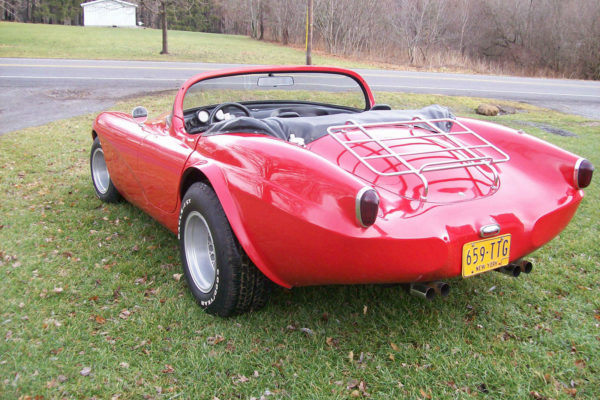
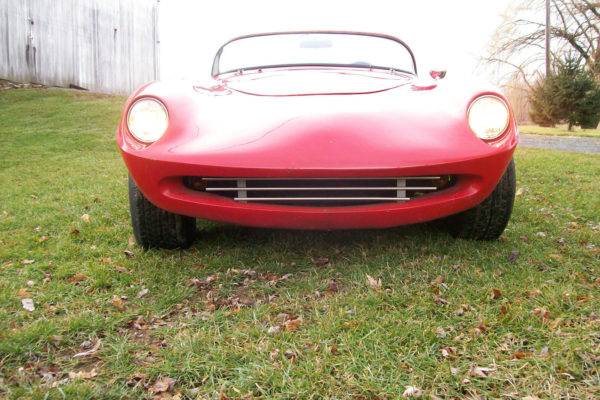
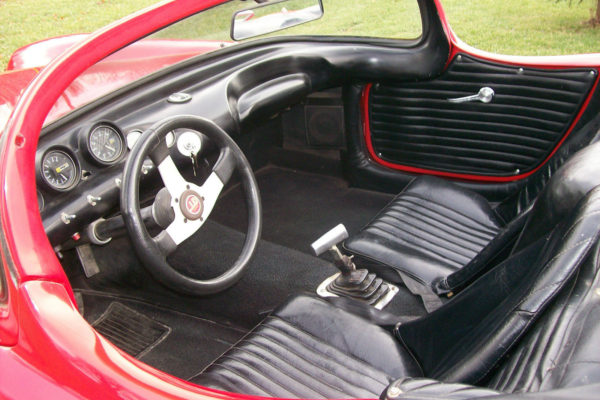
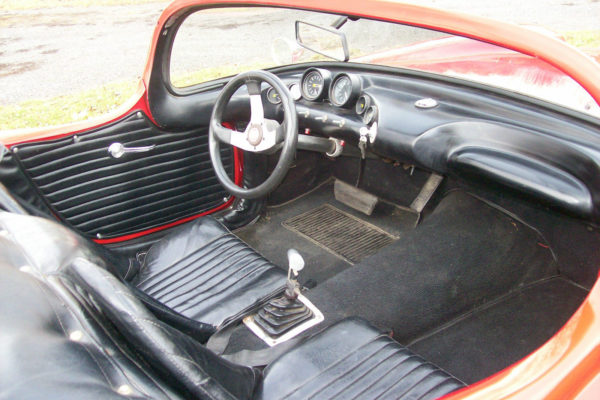
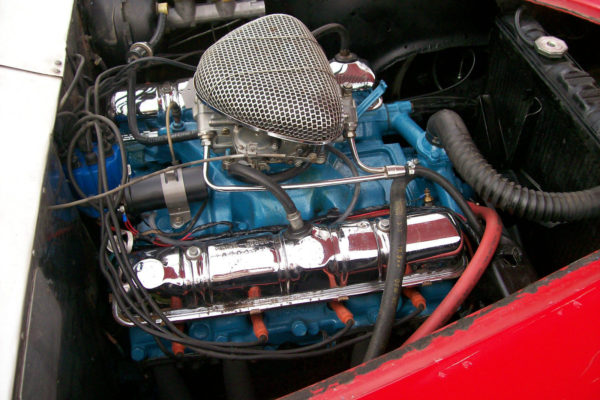
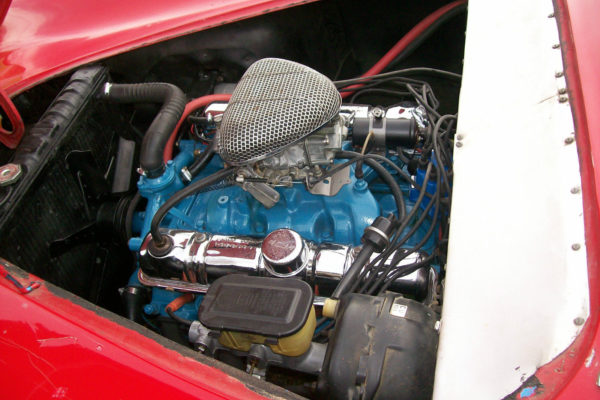
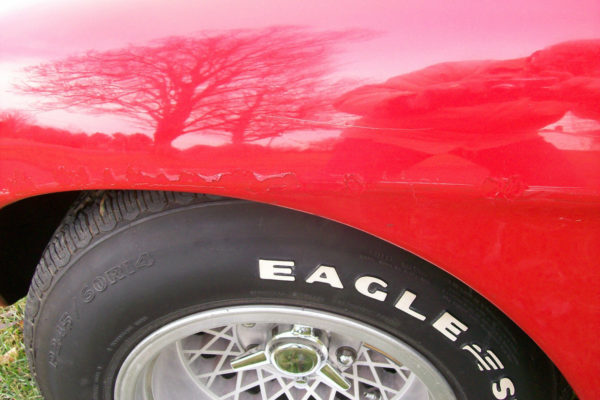
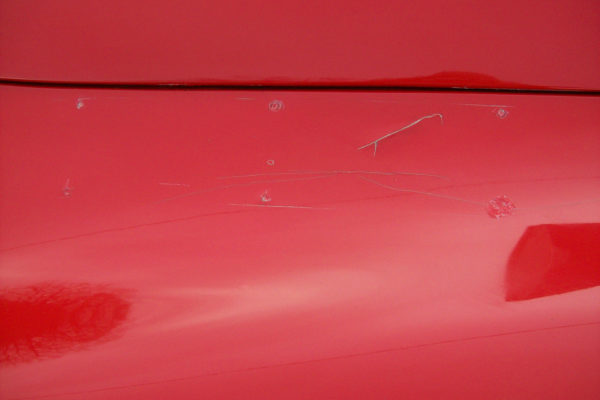
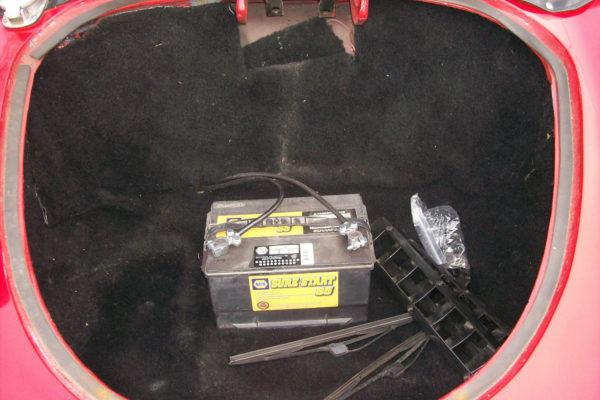
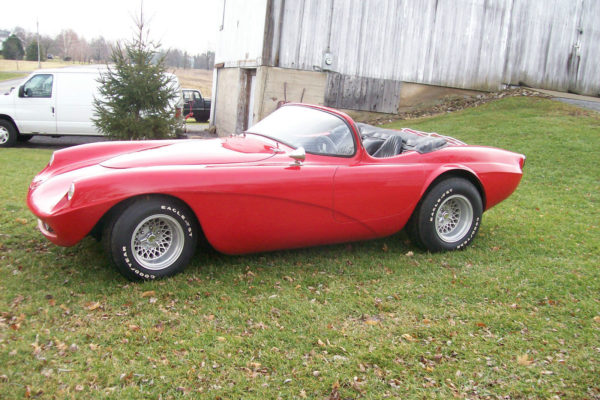
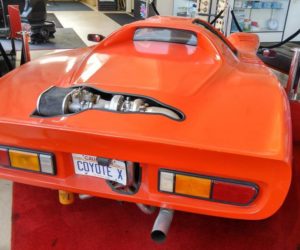
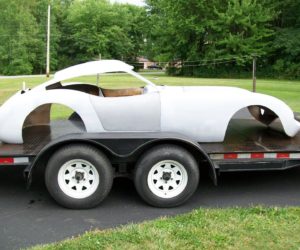
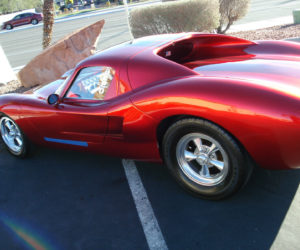
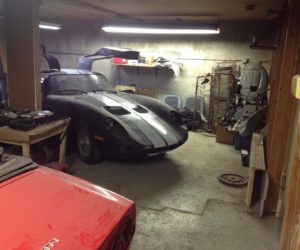
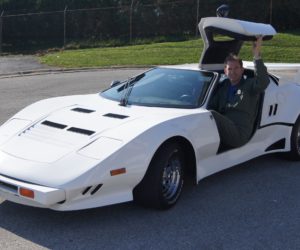
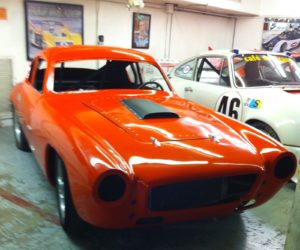




Comments for: LaDawri Daytona Roadster
comments powered by Disqus